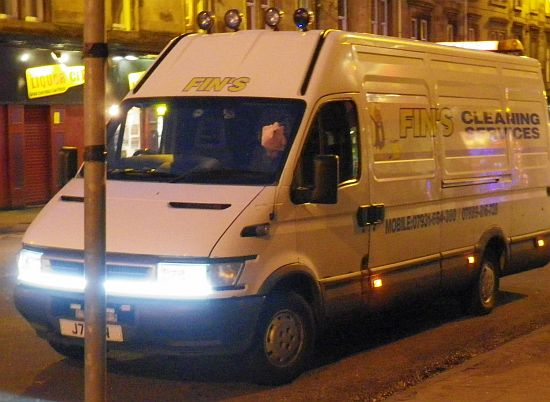I’ve been wandering around with one or two different types of camera recently, in the hope of finding one that might replace my favourite bridge camera. Since day one, it’s displayed various faults and been back to the factory more than once. So far, they’ve only managed to fix what was originally the most irritating and oddball problem, although it has started to develop another (different) problem recently.
The original fault was weird. Although the camera took pics without any problems, actually getting to that point could be frustrating. Certain scenes caused the firmware to crash – come early evening and declining light, when I pointed the camera at some subject and half-pressed the shutter button to meter and focus the scene… the viewfinder would go black and everything would lock up. The only cure was to remove the batteries, after which it would work fine, until I pointed at the same scene – then it just went black and locked up again. I couldn’t provoke this behaviour, but if I returned to a subject that caused the lockup, and in similar evening lighting, then the lockup would recur.
Never got an explanation from the factory, but after its third visit, the camera stopped playing this particular game.
Nowadays, it sometimes refuses to power and focus – turning it off, tapping the lens with a fingertip, them powering on against usually fixes it.
So, I’ve been looking at replacements.
I don’t count my dSLR in this race, it’s just too big to be slipped in a pocket every day as I walk out the door.
A similar bridge camera (but a lot newer) was rejected almost as soon as I tried to use it – the controls and menus had been laid out by an idiot, and it’s supposedly better images (4x as many pixels as the old one), and focussing (which was truly hopeless compared to the old one) were so bad I only took a dozen test pics before I just wanted rid of it.
I wanted a superzoom compact, but found the picture quality to be initially poor (despite 16 MP, the manufacturer used too much compression when saving the final jpg, and did not offer user options to change this), and initially rejected this as well.
But…
I had kept it for a few days, and unlike the ‘new’ bridge camera I had trialled, found the compact to very intuitive to use, despite having no viewfinder.
In the time I had it, I found the anti-shake system (using only the CCD-shift option, although it also had an image processing stabiliser that could be added) was much more effective than any other I had used, and hand-held shots (without the irritation of flash) were easily captured at 1/4 second and above, with no evidence of shake.
Reverting to one of my other camera, even with anti-shake, just produced coloured blurs for the same hand-held test shots I lined up.
In the dull wintry weather we are currently enjoying, I’ve visited several sites where the overcast condition would have defeated my other cameras, or only resulted in flash shots.
The pic below was a chance shot grabbed at night because I was interested in the unusual line of white LEDs along the top of the van’s bumper. While a main street with shops and lighting is not the darkest of places, using another camera on the same scene just produced rubbish, and would have needed a tripod (or something to sit the camera on). As it was, this pic was taken free-standing and hand-held, and the exposure took more than 1/4 second, yet is more than acceptably sharp. Ok, noise is another matter, but not important here.

Van LEDs
